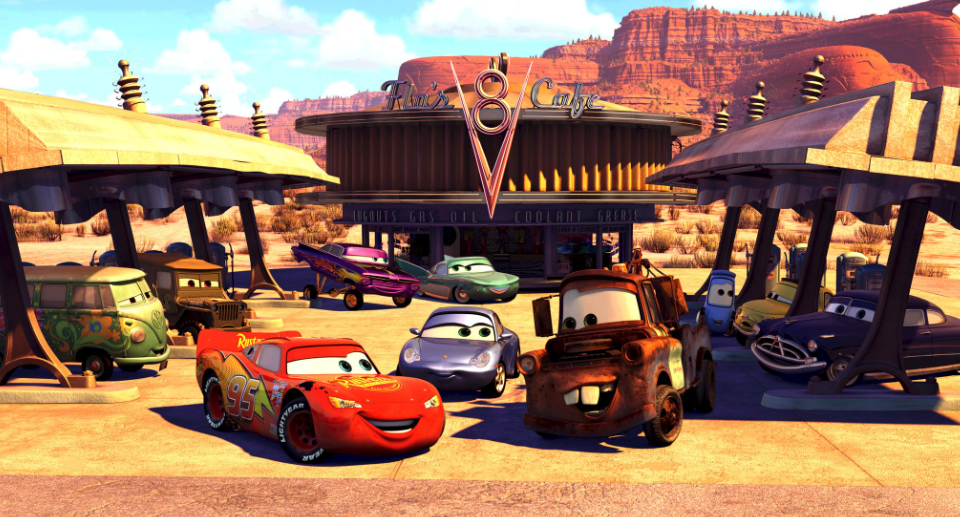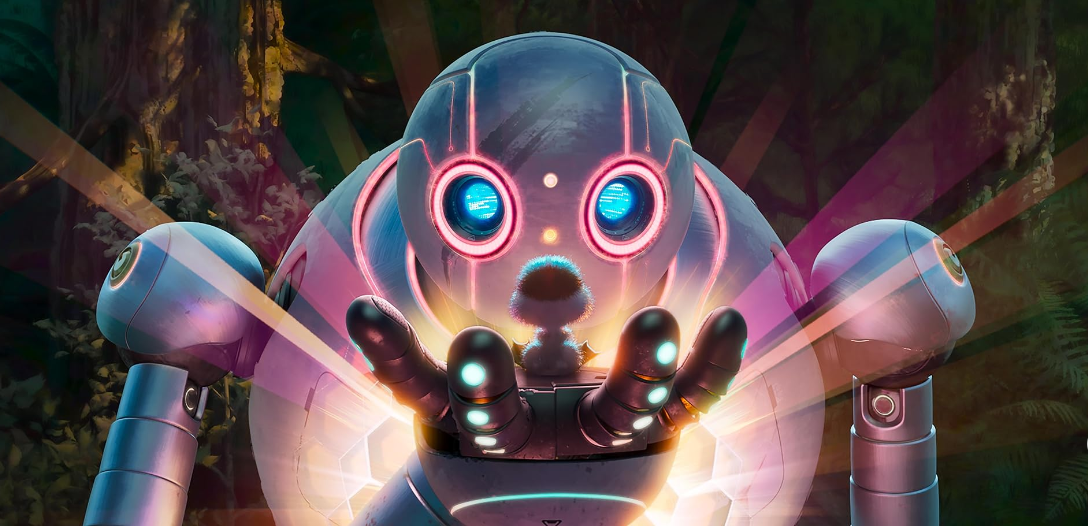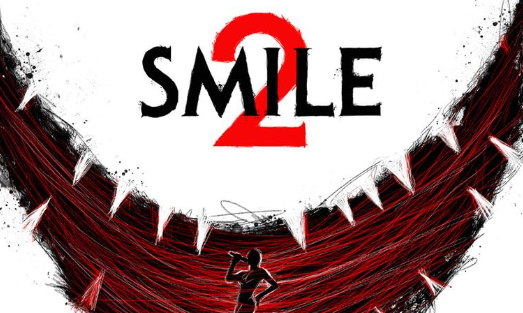Thundercat is a ghost in the industry, with a track record far exceeding his four studio albums.
Stephen Lee Bruner, professionally known as Thundercat, is a songwriter, producer and bass guitar virtuoso out of Los Angeles who has spent several years making waves both within and outside of his genre of jazz-funk fusion. His work with Kendrick Lamar on “To Pimp a Butterfly” resulted in Lamar’s most important release to date. His collaborations with avant-garde electronic and hip hop artist Flying Lotus have done much to bridge the gap between experimental music and jazz-hip hop. His bass playing for jazz bandleader Kamasi Washington helped enable his 2015 release “The Epic” to be the forward-thinking beast of an homage that it was.
That’s without considering his solo work — and if his newest release, “It Is What It Is,” proves anything, it’s his independent work more than deserves to be considered.
Thundercat has a voice fit for late night television and lullabies, and somehow he twists it to wonderfully accentuate the otherworldly dreamscapes he and his band create with his approximation of jazz music. The album’s lyrical content is far from its epicenter, but his singing — with its unique and ultimately character-defining timbre and inflection — is an instrument that leads and improvises just as much as the saxophone or keys.
“Black Qualls,” a grand collaboration that comes fourth on the album’s tracklist, features a smooth guest vocal from Childish Gambino, who serves his purpose flawlessly. He adds value, complements the style of the track and exits as quickly as he enters. “King Of The Hill,” while rather short, is catchy and likeable — feeling like a lyrical motif that would’ve served well as an intro track had this album had a defined theme. Only two tracks later, Thundercat recruits frequent rap feature Ty Dolla $ign and SoundCloud legend Lil B for “Fair Chance,” an excellent track drifting dexterously between jazz, hip-hop and rhythm and blues. This moody concoction is exactly what makes Thundercat so interesting — he’s willing to cross the aisle, so to speak, and build something entirely new out of the pieces he’s been given. If there were two or three more songs of this nature on the album, “It Is What It Is” would have benefited artistically and cohesively.
Perhaps the album’s biggest flaw, however, is its occasional lack of scope. “Interstellar Love,” “How Sway,” “Existential Dread” and “How I Feel” are the best examples of tracks on which Thundercat musically indulges himself while he leaves the listener wanting. “It Is What It Is” is an album that, often delightfully, doesn’t care to take itself seriously with its content — look no further than “Dragonball Durag” for evidence of this. However, this laissez-faire approach to lyricism creates a necessity for captivating musical ideas, which, while not uncommon on the album, are often not fully realized across its relatively slim 37-minute runtime. The title track, for instance, somehow feels like the longest stretch of music on the album despite being just over five minutes and containing relatively few moving parts.
Strictly speaking, this is not a great album. It certainly has moments of greatness, but these moments are more than matched by its lackluster moments of mediocrity. However, the artful and passionate execution of even these mediocre parts is what brings “It Is What It Is” to life and redeems it to be what it is: simply a good album.
Not a miss, but not enough hits
April 15, 2020
0
Donate to The Battalion
Your donation will support the student journalists of Texas A&M University - College Station. Your contribution will allow us to purchase equipment and cover our annual website hosting costs.









